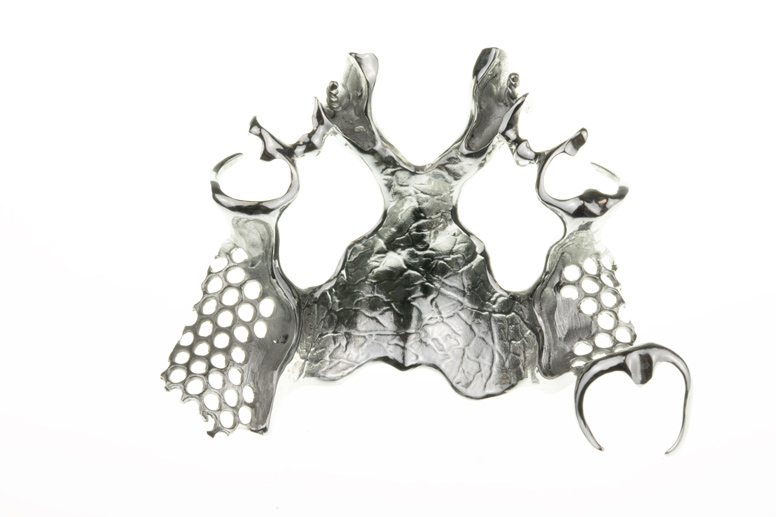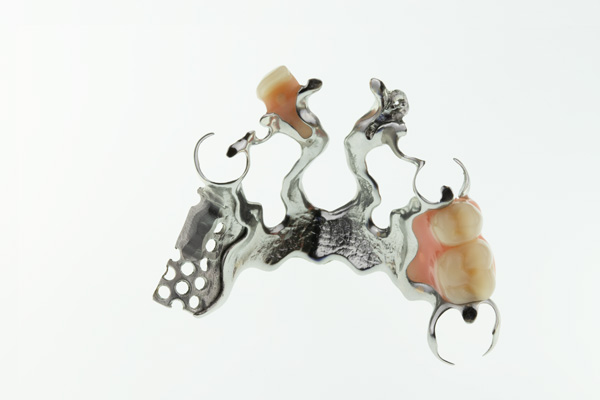
-
Metal-ceramic constructions
: Metal-ceramic constructionsMultilayer ceramic coating on a metal cast or milled frame is a time-tested combination.
-
Removable dentures
: Removable denturesFabrication of removable dental structures for restoring the function and aesthetics of missing teeth.
-
Clasp dentures
: Clasp denturesStructures with a metal framework for partial tooth replacement provide comfort and reliability.



-
CORiTEC 150i PRO
The milling center is designed for high-precision processing of dental prostheses. It features 5-axis technology, allowing for the production of complex restorations from various materials. Its compact size and automatic tool changes ensure ease of use and high productivity. We strive for high quality and precision in our products, making the CORiTEC 150i PRO ideally suited for our dental laboratory.













